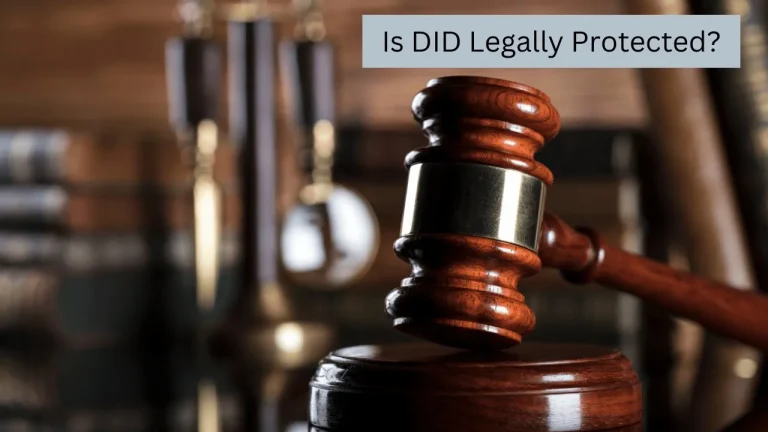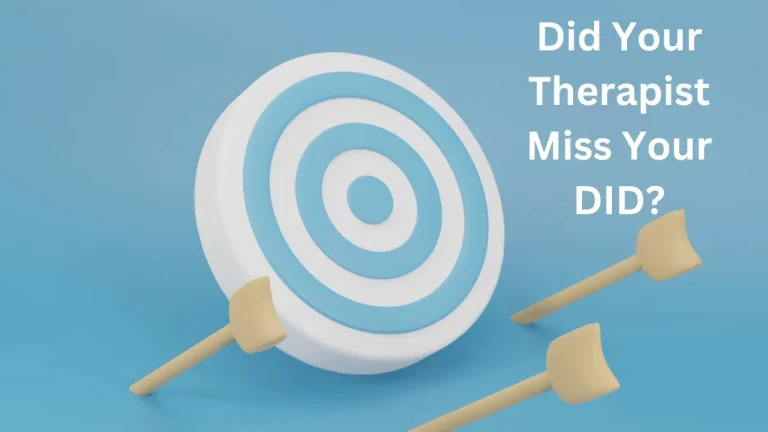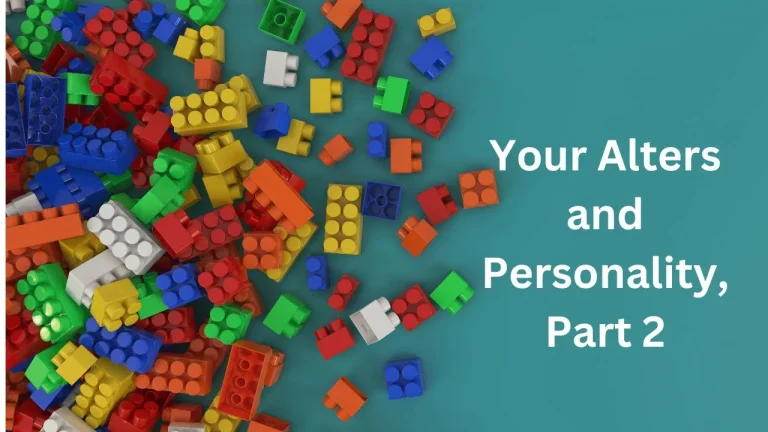Do you have to disclose DID or OSDD at work? This video explains your ADA privacy rights and what to consider if asked by a manager or coworker...
Wondering why your alters or parts aren’t talking back? This video explains six common reasons for blocked system communication and what might be happening inside...
Does the ADA cover mental health conditions? This video explains how DID, OSDD, and other psychiatric disabilities are protected under U.S. law...
Discover four reasons therapists often miss DID or OSDD — from lack of training to misconceptions — and what this means for survivors in therapy...
Every part of a DID system holds resources the whole needs. This video uses a Lego metaphor to show how cooperation turns differences into shared strengths...
Think some alters aren’t important? This video explains why every member of a DID system is vital and how each contributes to the whole personality...
Are alters complete personalities? This video uses Lego and teacup metaphors to explain why fragmentation divides one personality into parts instead of creating new ones...
Are alters full personalities? This video explores the structural dissociation model to explain why each part carries only part of the whole personality...
Protector alters often sound critical or harsh, but their true motivation is safety. This video explores how appreciation can turn protectors into allies...








